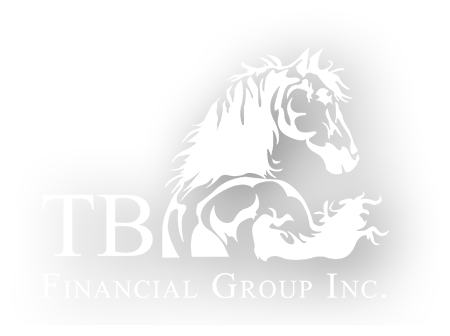The traditional IRA is one of the most commonly used vehicles for saving for retirement. One of the reasons the IRA is so popular is because it offers a tax-efficient way to save. With a traditional IRA, you may be able to take deductions for contributions and then grow your assets tax-deferred inside the account.
However, traditional IRA funds are taxable when you take them as distributions. For this reason, many retirees will delay IRA distributions as long as possible in an effort to minimize tax liability.
Unfortunately, you can’t delay traditional IRA distributions forever. At age 70½, the IRS requires you to take mandatory distributions from your traditional IRA. The amount you must take is based on your IRA balance and your life expectancy. Your required withdrawal rate will generally increase as you get older.
If you don’t necessarily need the income, you may not be happy about taking the required distribution at age 70½. Perhaps you would rather save the money for your beneficiaries. Or you may want to keep it in the IRA to fund future needs, like long-term care.
There’s no avoiding required minimum distributions as long as you have a traditional IRA. However, there are steps you can take to minimize the impact of RMDs and maximize the amount of wealth you leave for your loved ones. Below are a few steps you can take to plan for RMDs:
Convert to a Roth IRA.
While traditional IRAs have required distributions at age 70½, the Roth IRA has no such rule. In fact, you can keep funds in a Roth IRA as long as you want. Additionally, Roth IRA distributions are tax-free assuming you are over age 59½ and the account has been open for at least five years.
You have the option of converting your traditional IRA into a Roth IRA. You still have to pay the taxes on your IRA balance, but you would avoid the required distributions starting at age 70½. After the conversion, you can let your funds continue to grow as long as you want inside the Roth.
If you do a conversion, you may want to pay the taxes with non-IRA funds. While you can withhold taxes from the IRA balance, that would minimize the benefit of the conversion. To take advantage of the Roth’s tax benefits, you likely want to maximize the amount you put into the account.
Buy life insurance.
Another strategy is to use the RMDs to pay for life insurance. Technically, this strategy would still involve taking the RMDs from the traditional IRA. However, instead of using the RMDs for lifestyle expenses, you’d use them to build a legacy for your loved ones.
Of course, the important note on this is that you would have to qualify for the policy. Life insurance has an underwriting process. If you have serious medical issues or are in poor health, you may not qualify for coverage.
Are you unsure of how to handle your RMDs? Let’s discuss it. Contact us at TB Financial. We welcome the opportunity to analyze your needs and help you develop a strategy. Let’s connect soon and start the conversation.
This information is designed to provide a general overview with regard to the subject matter covered and is not state specific. The authors, publisher and host are not providing legal, accounting or specific advice for your situation. By providing your information, you give consent to be contacted about the possible sale of an insurance or annuity product. This information has been provided by a Licensed Insurance Professional and does not necessarily represent the views of the presenting insurance professional. The statements and opinions expressed are those of the author and are subject to change at any time. All information is believed to be from reliable sources; however, presenting insurance professional makes no representation as to its completeness or accuracy. This material has been prepared for informational and educational purposes only. It is not intended to provide, and should not be relied upon for, accounting, legal, tax or investment advice.
16160 – 2016/10/18

